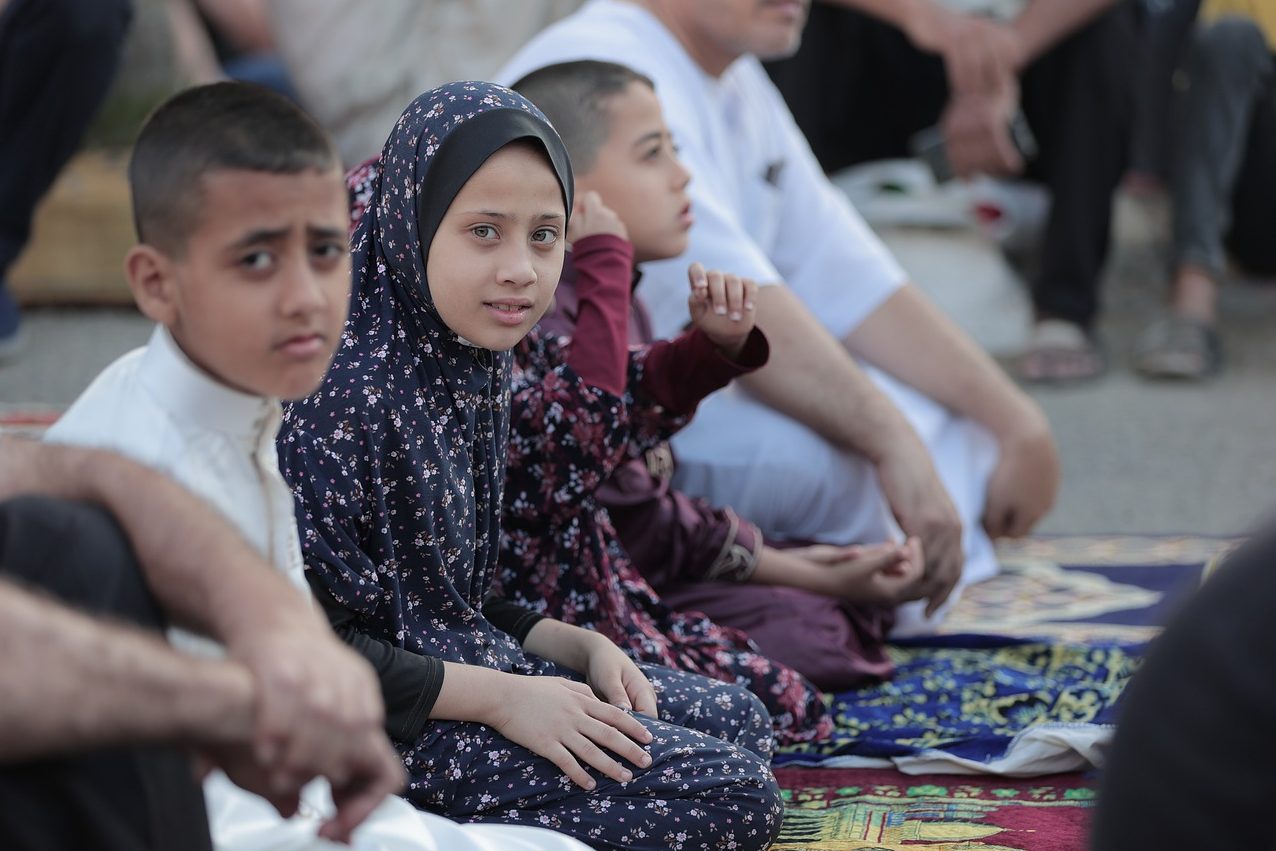Every gun that is made, every warship launched, every rocket fired, signifies in the final sense a theft from those who hunger and are not fed, those who are cold and not clothed.
Dwight D. Eisenhower
Gaza is one of the world’s most densely populated areas with 2.2 million people, half of whom are children. Food insecurity is so extreme that virtually every household in Gaza lacks enough food to fulfill their daily needs. 80% of families in the north and half in the south stay without eating anything at all days and nights. There is a risk of famine and it is increasing each day that the current situation of intense hostilities and restricted humanitarian access persists or worsens. The intensification of the hostilities, further reduction in access to food, basic services, and lifesaving assistance, and the extreme concentration or isolation of people in adequate shelters or areas without basic services are major factors that contribute to increasing this risk.

According to the Integrated Food Security Phase Classification (IPC) report, Gaza is at high risk of famine, which classified 378,000 people as facing “catastrophic levels of acute food insecurity”. By early February, this number is projected to rise to over half a million. According to the report, the risk of famine increases each day as the hostilities intensify. There have only been two famine declarations in this century: parts of South Sudan in 2017 and Somalia in 2011. But now Gaza is at high risk of famine effects in northern Gaza and thousands of internally displaced people in the South of Gaza. In the coming months in Gaza, more than 1.1 million are projected to be in IPC Level 4, comprising 50% of the population. When people suffer extreme food shortages, there are severe consequences, including death, severe pain, fatigue, physical and psychological deterioration, tissue degradation, and damage to organs. This extreme degree of hunger is driven by severe conflict and can only be reversed with increased humanitarian access
According to the IPC, there is a risk of famine occurring within the next six months if the current situation of intense conflict and restricted humanitarian access persists. From earlier assessments, World Food Programme (WFP) food security experts had already established that Gaza has used up all their resources, livelihoods have collapsed, bakeries are destroyed, shops are empty, and families can’t find food. People told WFP staff that they often go entire days without eating and that many adults go hungry so that children can eat. Despite the dangers, action against hunger is still working in parts of Gaza to distribute water, fresh fruit, and vegetables, and provide sanitation services.
More emergency food and multi-sectorial assistance is essential to prevent widespread deaths. The recent seven-day pause highlighted that WFP and partners can assist when the conditions allow, and the re-opening of the Kerem Shalom border crossing sets the stage for more food and other relief supplies to flow into Gaza, which needs to continue and accelerate with additional border crossings and operating conditions inside Gaza that allow for safe and orderly deliveries to all people in need. Immediate humanitarian aid, sustainable development initiatives, and diplomatic efforts are crucial to address the root causes and ensure the well-being of the affected population. Long-term solutions must be pursued to break the cycle of crisis and promote stability in the region.
Article by Jessica Christian | Edited by Saumya Sharma



